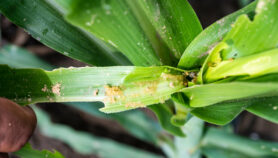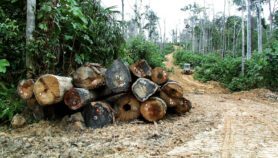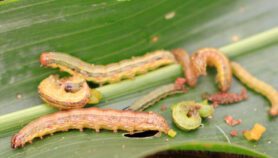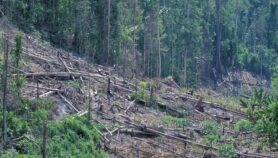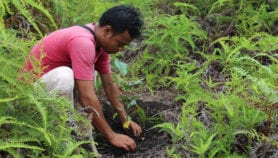18/03/22
Philippines urged to embrace 2030 biodiversity strategy
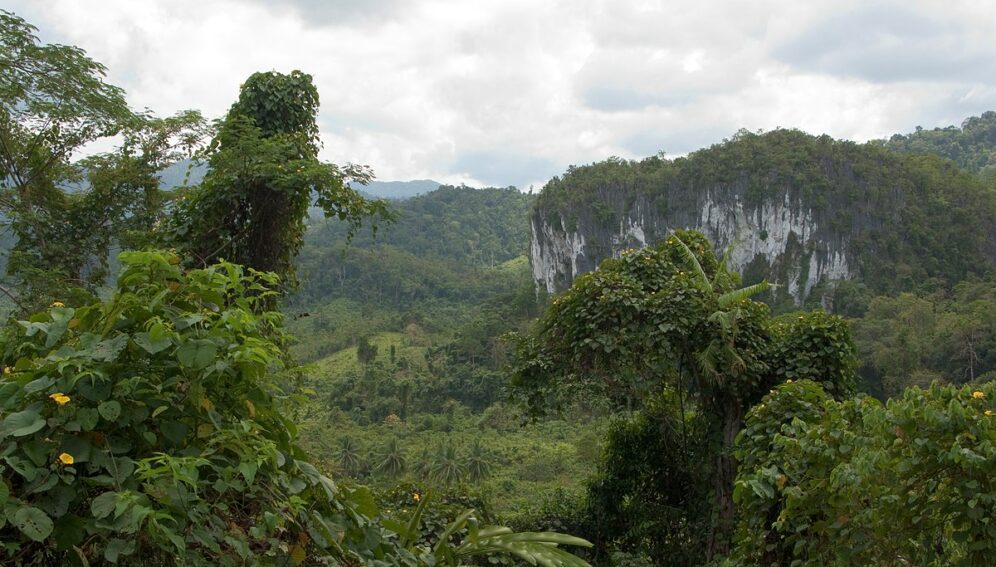
By: Tony La Viña and KM Reyes
Send to a friend
The details you provide on this page will not be used to send unsolicited email, and will not be sold to a 3rd party. See privacy policy.
Once swathed in green, only three per cent of the Philippines remains covered with pristine forests. Losing these ecosystems — not to mention the impacts of overfishing, climate change and extreme weather events — has taken a tragic toll on the country’s rich biodiversity and its people.
While the Philippines remains well-stocked with unique fauna and flora and is recognised as one of the world’s 17 mega biodiverse countries, the latest science and fieldwork make it clear that this precious biodiversity is under threat. Especially at risk are the indigenous people and local communities, who battle to protect it.
We are hopeful that a new global target to protect 30 per cent of the world’s land and ocean by 2030 (30×30 goal) is included in a new global strategy to safeguard biodiversity that is expected to be approved in Kunming, China, later this year.
“As delegates from countries around the world gather in Geneva this month for the last major round of negotiations in the leadup to the Kunming biodiversity summit, it’s time for the Philippines to listen to the voice of the people and step up to support 30×30. ”
Tony La Viña and KM Reyes
A recent public opinion poll reveals that an overwhelming majority of Filipinos agree. Some 95 per cent support the 30×30 goal; 85 per cent believe the Philippine government should support the goal as well.
Despite this overwhelming endorsement of 30×30, the government is yet to adopt a position on the global target. This is the same for most countries across the Association of Southeast Asian Nations (ASEAN). Of the ten ASEAN countries only Cambodia has joined the High Ambition Coalition for Nature and People, a group of some 85 countries championing the 30×30 goal in advance of the biodiversity summit. Its members include nations in Africa, Latin America and the Caribbean, and Asia, as well as Europe and North America.
It’s important to emphasise that the 30×30 target is global. Once they sign on to this global biodiversity strategy, countries can work with indigenous peoples and local communities, scientists, and others to decide how much and which part of their territories and waterways they wish to conserve.
Ultimately, it makes good economic sense for countries like the Philippines to embrace the target. Studies show that investing in nature delivers benefits on a scale of 5:1. For the Philippines, this could translate into expanded eco-tourism, healthier fisheries and more profitable and sustainable agriculture. Local communities and the national government alike would benefit as we struggle to navigate the ongoing COVID-19 pandemic.
The recently released report from the Intergovernmental Panel on Climate Change or IPCC further underscores the need to conserve nature alongside efforts to dramatically reduce carbon pollution. The report points to the potential impacts of the interlinked biodiversity and climate crises, including the high risk of extinction for many plants and animals especially endemic ones, increased coral bleaching, depleted fish stocks, and risks to food and water sources. To help mitigate these threats, the report highlights the importance of effectively and equitably protecting at least 30 per cent of the planet’s land, freshwater and oceans.
Conserving nature takes time and effort. Work to protect Cleopatra’s Needle Critical Habitat in Palawan has taken expertise, funds and time. Fortunately, there is a push for wealthy countries to provide funds to countries like the Philippines to protect nature. It is critical that this financial support not only increases but is made directly and easily available to indigenous peoples and local communities who are best positioned to conserve these disappearing forest lands on which they depend for their economic and cultural survival.
In the Philippines, and many countries around the world for that matter, indigenous people play a key role in protecting nature. It is only because of the indigenous knowledge and practices of the Batak tribe that the pristine rainforests of Cleopatra’s Needle, one of our last bastions of biodiversity in the country, have survived.
As delegates from countries around the world gather in Geneva this month for the last major round of negotiations in the leadup to the Kunming biodiversity summit, it’s time for the Philippines to listen to the voice of the people and step up to support 30×30.
Tony La Viña is a Filipino lawyer, educator, and environmental policy expert. He also formerly served as undersecretary of the Department of Environment and Natural Resources in the Philippines.
KM Reyes is a National Geographic Explorer, community organiser, and conservationist based on the Palawan island in the Philippines.
This piece was produced by SciDev.Net’s Asia & Pacific desk.








